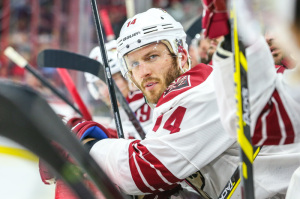
[This is the second part in a three-part series focusing of the long-running problems surrounding the Arizona Coyotes entitled “The Coyotes Saga”. Part I can be found here]
When the Arizona Coyotes moved into the then-Glendale Arena in December of 2003, there was a buzz surrounding the franchise.
After attendance fell to the low 13,000s for a couple of years, the crowds saw a spike back above 15,000 with the move. People seemed excited about the future of the team.
After the league lost the 2004-05 season due to a lockout, the Coyotes came back with a renewed vigor in 2005 under new ownership, yet again. Ellman sold the Coyotes to Jerry Moyes after financial issues forced Ellman out of the hockey business.
Though court findings showed that Moyes never really wanted full control of the organization, he purchased the team and kept Gretzky on as part owner and head of hockey operations. Shortly thereafter, Gretzky named himself as the team’s head coach.
Recent Coyotes Posts:
[catlist categorypage=yes numberposts=3 excludeposts=this]
Brett Hull was then signed to a two-year contract, giving the team a known face to market to fans in the Southwest. However, after just five games with the Coyotes, Hull abruptly retired, citing that he could no longer play at the level he expected to perform at.
This left the Coyotes without a major marketable name to draw in new fans. Attendance then began to drop once again after it was realized that the on-ice product just wasn’t good enough, and Gretzky, as great a player as he was, just wasn’t cut out to be an NHL head coach.
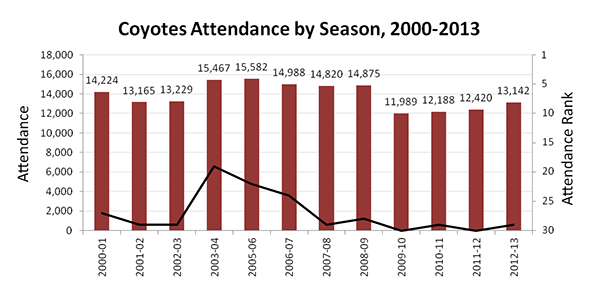
On top of the problems on the ice, there were a number of problems going on behind the scenes that were about to catch up to the Coyotes.
In 2008, it was found out that the organization had been losing a high amount of money yearly. In addition, the media discovered that the NHL had been paying the bills for the organization after Moyes gave control of the team to the league without many finding out. Moyes then put the team into bankruptcy in May 2009, around the same time that commissioner Gary Bettman was set to present an offer from Chicago Bulls owner Jerry Reinsdorf regarding the sale of the team.
During the bankruptcy hearings, it was revealed that the team had lost $200 million over a seven year span. This included a loss of $54.8 million during 2008, alone. It was also revealed that the team had never turned a profit since relocating from Winnipeg over a decade prior.
Though two bidders – Reinsdorf and Ice Edge Holdings – came forward during the court hearings as potential purchasers, neither party put in a formal bid for the organization. Instead, Jim Balsillie, the former CEO of Research in Motion, was the only outside purchaser to make a formal bid on the team.
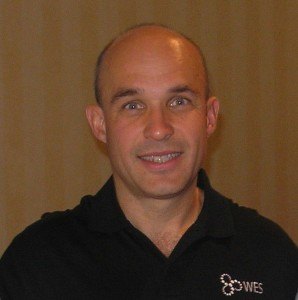
His bid of $212.5 million came with the condition that he would be able to relocate the team to Southern Ontario, specifically Hamilton. In order to counteract this bid, which the NHL claimed to have been negotiated when Moyes had no power to do so, the league put in a bid of their own.
Both were ultimately rejected for various reasons, leaving the Coyotes without an owner; their future still very much in question.
After the bankruptcy hearings concluded, the NHL began negotiating with both Reinsdorf and Ice Edge Holdings in order to work out a deal that would see the team stay in Arizona for the long haul. After months of negotiating, both bids wound up falling apart due to both having a condition within them that saw any losses suffered by the team be covered by taxpayers.
In 2011, yet another potential owner would come forth in an attempt to keep the team in town. Chicago investor Matt Hulszier reached a deal with the league on the purchase of the team as well as its lease agreement with the city of Glendale. Unfortunately, this deal collapsed as well due to a threatening lawsuit by the Goldwater Institute.
Because of this falling through, the city paid $25 million in order to keep the team in town for the 2011-12.
All of this drama off the ice overshadowed the fact that the team had seen a resurgence under head coach Dave Tippet. The Coyotes posted a franchise-best 50 wins and 107 points during the 2009-10 season.
In the 2011-12 season, the one saved by the $25-million payment from Glendale, the Coyotes one their first ever division crown as well as their first series since moving from Winnipeg. That season ended with a loss in the Western Conference Final against the Los Angeles Kings. Still, despite the success on the ice, the fans were skeptical to get behind a team that was shrouded in mystery regarding it’s future. Because of the skepticism, attendance dropped to an all-time low average at just over 12,000 fans per game.
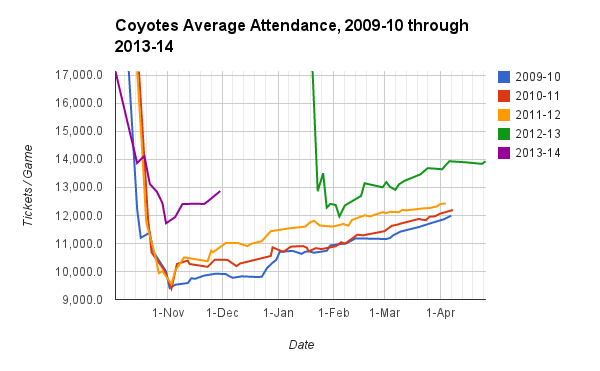
More failed attempts to sell the team came over the next couple of years. Former San Jose Sharks owner Greg Jamison and California executive Darin Pastor both failed at their attempts; it appeared that the NHL was running out of time to find an owner.
The league was at the point where it had no other option to relocate the team if a deal wasn’t done with a new owner by the start of the new league year in 2013. At the last possible moment, the Renaissance Sports and Entertainment (RSE), a group led by members of the Ice Edge Holdings group that tried to purchase the team in 2009, came forward with a deal to buy the Coyotes.
After a 4-3 vote of approval by the Glendale City Council, a new 15-year lease was put into effect for the Coyotes to play at the city’s arena, now known as the Gila River Arena. RSE then purchased the team for $225 million in August of 2013.
The new lease agreement saw the city give RSE $15 million per year in management fees. RSE, which would operate the team under the name IceArizona, had a clause in the lease that the team could relocate after five years should it accrue more than $50 million in losses. This new deal would seemingly start to put an end to all of the problems for the organization.
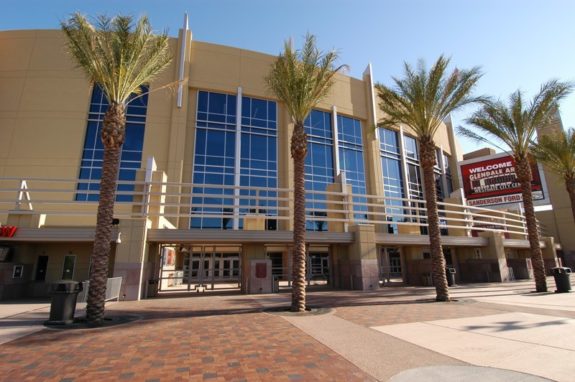
But the problems just never seemed to go away. In its first year under new ownership, the team continued to lose money to the total of $16 million. On top of that, it was a little more than a year before IceArizona sold 51% of its stake in the team to Philadelphia entrepreneur Andrew Barroway, giving him majority control of the Coyotes. Completing the purchase in December 2014, Barroway became the team’s fifth majority owner since it moved to the desert in 1996, proving that stability wasn’t a thing in Arizona.
After putting into motion plans for the team’s on-ice future, the off-ice drama came back around when the Glendale City Council announced that it was set to vote on the possible termination of the lease between the city and the organization that had been negotiated on just two years prior.
The city used a state statute that happened to be included in the lease agreement that stated that the state can cancel a newly-agreed upon contract within three years if anyone involved in the negotiations is an employee for any other party in the contract. In this case, it was former Glendale city attorney Craig Tindall, who had recently gone to work for the Coyotes, which led to the statute being acted upon.
The motion to terminate the agreement passed with a vote of 5-2, leaving the Coyotes without a home are for the upcoming 2015-16 NHL season. The termination also added even more of a strain on the already damaged relationship between organization and city, one that will only get worse as the team threatens litigation.
Part I: The Beginning
Part III: The Future (June 15)